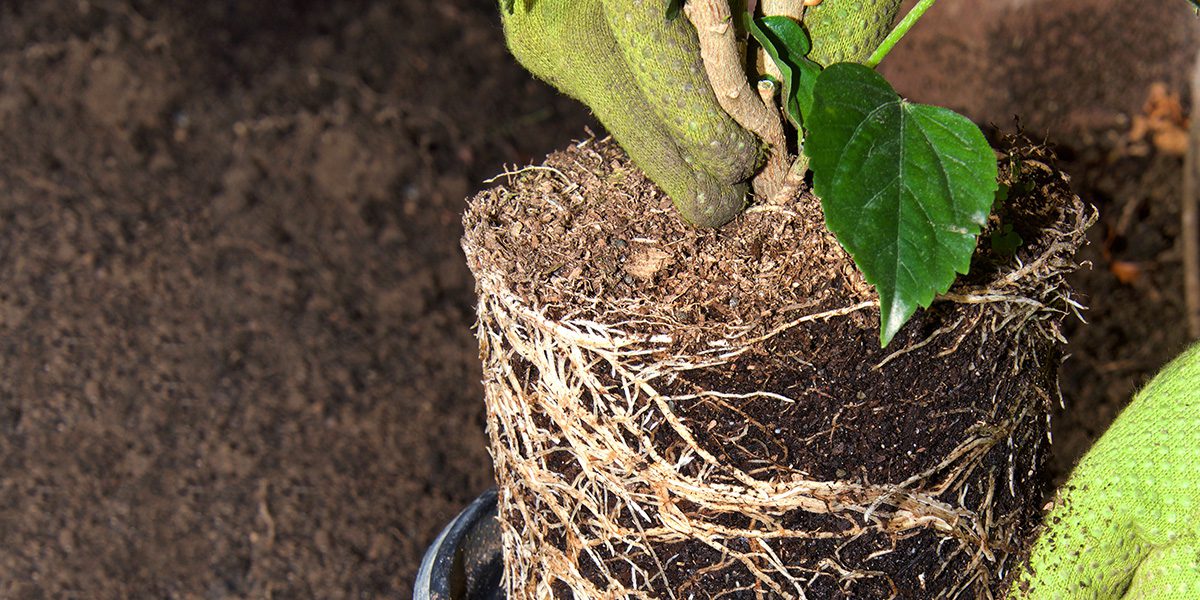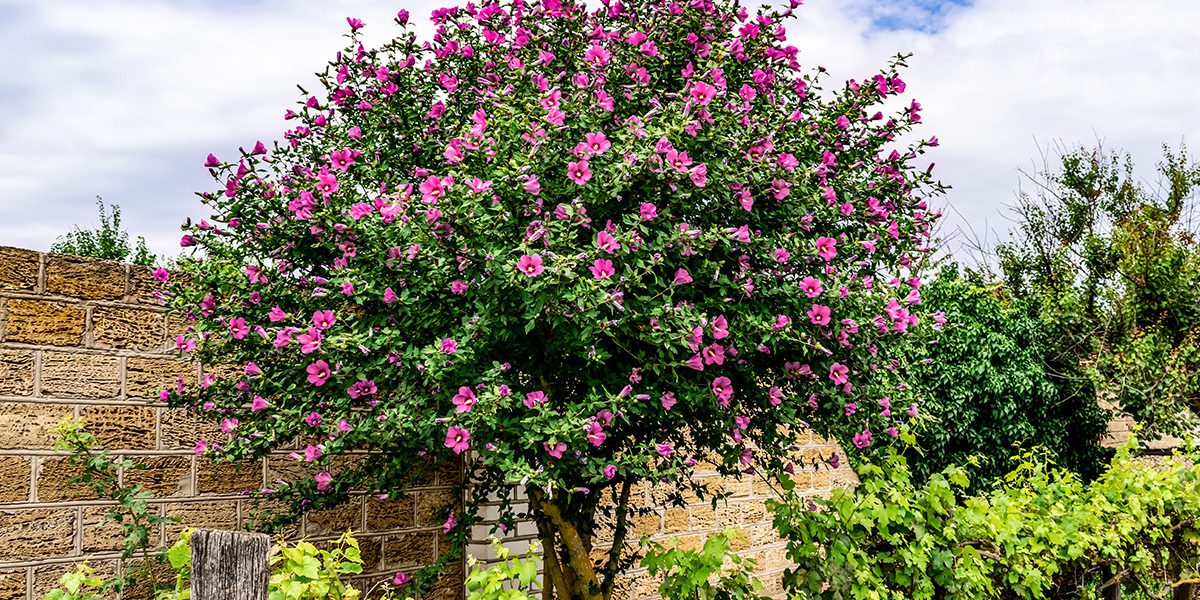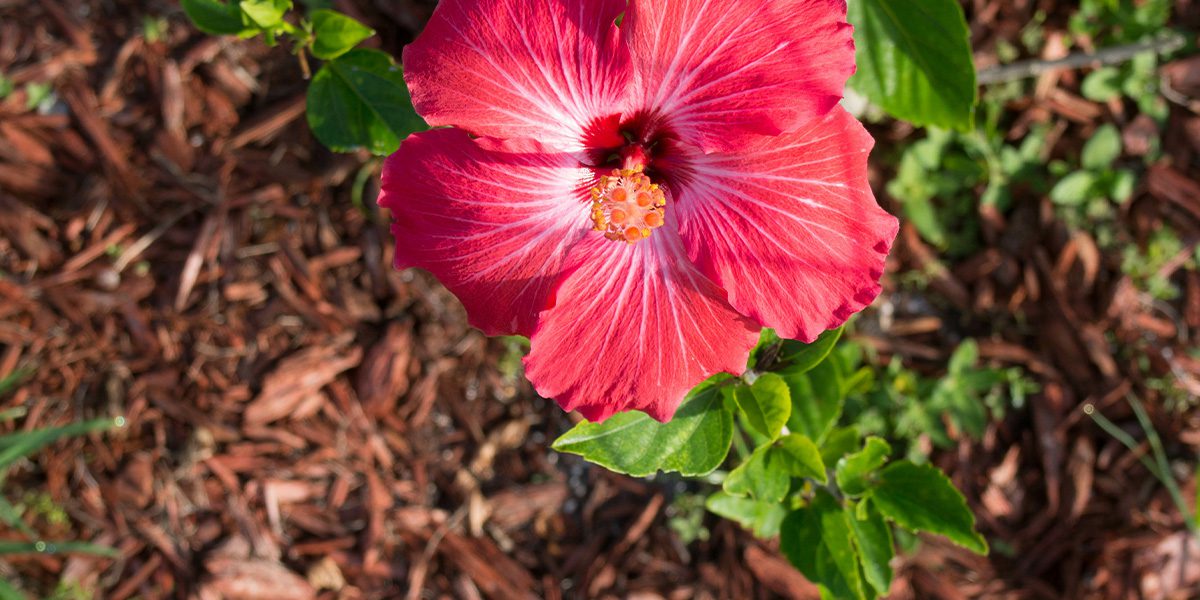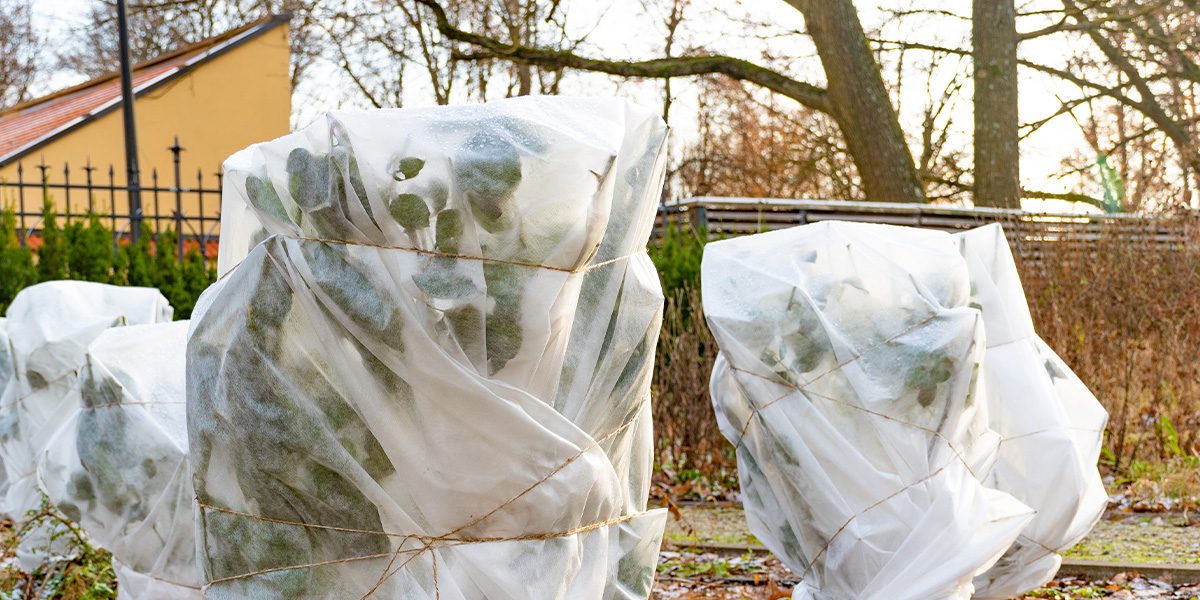In the verdant landscapes of Bloomingdale and Carpentersville, where gardening is more than a hobby—it’s a way of life—the allure of vibrant blooms beckons.
Among the myriad choices that grace these suburban gardens, one plant stands out for its captivating beauty and resilience: the hibiscus. As gardening enthusiasts, we understand the thrill of selecting and nurturing plants that not only survive but thrive in our local climate. In this journey of green-thumb expertise, let’s delve into the intricate details of planting hibiscus, unlocking the secrets to ensure your garden flourishes with year-round elegance.
The Best Time to Plant Hibiscus
As the seasons unfold their unique charms, gardening aficionados in Bloomingdale and Carpentersville find themselves pondering the perfect time to plant hibiscus. Each season brings its own magic, and understanding the nuances is key to cultivating a garden masterpiece.
Spring Awakening
In the awakening of spring, when nature puts on its vibrant robe, hibiscus planting comes to life. The soil, warmed by the kiss of the sun, welcomes new additions to the garden. Hibiscus plants, in turn, respond with exuberant growth and a promise of blooms that mirror the season’s vibrancy.
Spring, with its gentle warmth and lengthening days, marks the perfect overture for hibiscus planting. As the soil begins to thaw and the air becomes infused with the promise of new life, hibiscus plants respond exuberantly to these favorable conditions.
Choosing Your Hibiscus Varieties
Before delving into the planting process, consider the hibiscus varieties that align with your vision. From the classic Hibiscus syriacus, known as Rose of Sharon, to the tropical allure of Hibiscus rosa-sinensis, the tropical hibiscus, each variety adds its unique charm to your garden canvas.
Soil Preparation: Crafting the Perfect Bed
Preparing the soil is a pivotal step in ensuring the success of your hibiscus planting venture. Hibiscus thrives in well-draining soil, so amend your gardens with organic matter such as compost or well-rotted manure. This not only enhances soil fertility but also aids in moisture retention—an essential factor for the burgeoning growth of hibiscus.
Location Matters: Sunlight & Shelter
Hibiscus plants are sun enthusiasts, thriving in the glory of full sunlight. When selecting the planting site in your Bloomingdale or Carpentersville garden, choose a location that receives at least six hours of sunlight per day. However, keep in mind that while they adore the sun, hibiscus plants appreciate some shelter from the harsh afternoon sun rays.
Now that your stage is set, it’s time to usher in the stars of the show—your hibiscus plants. Follow this step-by-step guide to ensure a seamless and successful planting experience:
1. Soil Testing for Optimal pH
Before planting, conduct a soil test to determine the pH level of your garden soil. Hibiscus thrive in slightly-acidic to neutral soil. If needed, amend the soil with lime to raise pH, or sulfur to lower it, ensuring the perfect balance for your hibiscus to flourish!
2. Digging the Planting Hole
Create a generous planting hole for your hibiscus, making it at least twice as wide as the root ball. The depth should match the height of the root ball, ensuring the plant sits at the same level it did in its nursery container.
3. Gentle Plant Extraction
Carefully remove your hibiscus from its nursery container, taking care not to disturb the roots excessively. If the roots are tightly-wound, gently tease them apart to encourage outward growth.
4. Placing & Backfilling
Position the hibiscus in the center of the planting hole and backfill with the amended soil. Tamp the soil gently to remove air pockets, providing a stable foundation for your newly-planted hibiscus.
5. Watering Wisely
Once planted, give your hibiscus a thorough watering. Ensure the soil remains consistently-moist but not waterlogged. Mulch around the base to retain moisture and suppress weeds.
6. Prudent Pruning
While not an immediate necessity, consider some light pruning to encourage bushier growth. Remove any damaged, dead, or weak branches, allowing the plant to focus its energy on robust, new growth.
Your hibiscus is now nestled in its newfound home, ready to unfurl its spring blossoms. To ensure continued success, provide attentive post-planting care:
1. Regular Watering
Hibiscus plants appreciate consistent moisture, especially during their initial establishment. Water deeply, keeping the soil consistently-moist but not waterlogged. Adjust your watering schedule based on weather conditions and rainfall.
2. Fertilize for Flourishing Growth
Apply a balanced fertilizer formulated for flowering plants to support the hibiscus’s growth and encourage prolific blooms. Follow the recommended dosage on the fertilizer package, and feed your hibiscus every 4-6 weeks during the growing season.
3. Shielding from Frost
Keep a vigilant eye on late spring frosts, which can be a concern in Bloomingdale and Carpentersville. Cover your hibiscus with a light cloth or blanket during frosty nights to protect tender buds.
 Summer Splendor
Summer Splendor
In the heat of summer, when the sun casts its golden glow, the allure of a vibrant garden becomes irresistible. Amid the warmth and long days, hibiscus plants beckon as the perfect addition to your outdoor haven. Let’s explore the art of planting hibiscus in summer, seizing the season’s splendor to create a garden oasis that bursts with color and life.
Summer, with its extended daylight hours and balmy temperatures, provides an ideal backdrop for hibiscus planting. As you embark on this journey, envision the hibiscus as the star of your summer garden, its bold blossoms stealing the show against a backdrop of lush greenery.
Selecting the Right Hibiscus Varieties
Before you dig into the soil, consider the hibiscus varieties that resonate with the essence of summer. From the classic Hibiscus syriacus to the tropical allure of Hibiscus rosa-sinensis, each variety adds its unique charm to the vibrant canvas of a summer garden.
Sunlit Soils: Preparing the Perfect Bed
Hibiscus plants are sun worshipers, thriving in full sunlight. As you prepare the soil for your summer planting, ensure it is well-draining and enriched with organic matter. Mulch around the base of the hibiscus to retain moisture—a key consideration during the hotter days of summer!
Timing is Key: Planting in the Cool of the Day
While summer is synonymous with warmth, the intensity of midday heat can be challenging for newly-planted hibiscus’. Optimal planting times are in the early morning or late afternoon when temperatures are milder. This reduces stress on the plant and promotes a smoother transition to its new home.
Your garden stage is set, and the stars of the show—your hibiscus plants—are ready to take center stage. Follow this step-by-step guide for a seamless and successful summer planting experience:
1. Location Matters: Sunlight & Shade
Find a location that receives at least six hours of sunlight per day. While hibiscus loves the sun, a bit of afternoon shade can be beneficial during Chicago’s scorching summer afternoons.
2. Soil Enrichment: A Summer Feast
Before planting, ensure the soil is enriched with organic matter. Compost or well-rotted manure adds fertility and aids in moisture retention. This is particularly crucial during the warmer days when consistent moisture becomes paramount for hibiscus health.
3. Hydration Heroics: Watering with Care
Hibiscus plants appreciate regular watering, especially during the summer heat. Water deeply to ensure the soil is consistently-moist but not waterlogged. Mulching around the base helps retain moisture, regulates soil temperature, and suppresses weeds.
4. Planting Depth: Matching Nature’s Blueprint
When planting hibiscus in summer, adhere to the same depth as the root ball in the nursery container. This maintains the natural balance and allows for a smoother transition for the plant.
5. Gentle Pruning: Shaping for Success
While not an immediate necessity, some light pruning can encourage bushier growth. Remove any damaged, dead, or weak branches, allowing the plant to focus its energy on producing new, healthy growth.
Your hibiscus is now basking in the summer sun, ready to reward your efforts with a burst of blossoms. To ensure continued success, provide attentive post-planting care during the warm days of summer:
1. Water Wisely: Consistency is Key
Throughout the summer, maintain a consistent watering schedule. Deep, regular watering is essential, especially during dry spells. Adjust your watering routine based on weather conditions to meet the evolving needs of your hibiscus.
2. Feed for Flourishing Growth
Apply a balanced fertilizer formulated for flowering plants during the growing season. This provides the necessary nutrients for robust growth and continuous blooming. Follow the recommended dosage on the fertilizer package for optimal results.
3. Summer Shelter: Protecting from Heat Stress
In extreme heat, your hibiscus may experience stress. Provide a bit of shade during scorching afternoons using a garden umbrella or shade cloth. This shields the plant from excessive heat and prevents potential damage.
Fall Brilliance
Contrary to conventional wisdom, fall, with its subtle coolness and gentle breezes, holds its own allure for hibiscus enthusiasts. Planting in fall allows the roots to establish themselves before the dormancy of winter, ensuring a robust comeback when the next spring arrives.
In the quieter days of fall, the hibiscus takes center stage, offering a final burst of color before the winter slumber. The cooler temperatures and milder sunlight create an ideal setting for hibiscus to establish strong roots, ensuring a resilient and healthy plant come spring.
Choosing Fall-Friendly Varieties
As you embark on your fall planting venture, consider hibiscus varieties that harmonize with the autumnal ambiance. From the hardy Hibiscus moscheutos to the classic Hibiscus syriacus, each variety brings its unique charm, contributing to a garden that evolves gracefully with the changing seasons.
Soil Enrichment: Preparing the Fall Canvas
Preparing the soil is a critical step in ensuring the success of fall-planted hibiscus. As mentioned before, enrich the soil with organic matter, such as compost or well-rotted manure. This provides essential nutrients for the plant’s establishment and prepares it for winter dormancy.
Timing the Planting Ballet: Fall’s Gentle Touch
Fall planting should ideally take place well before the first frost, allowing the hibiscus to acclimate to its new surroundings. The cooler temperatures of fall reduce stress on the plant, promoting healthy root development that will fortify it during the winter months.
Your garden stage is set, and the hibiscus is ready to take its place in the fall ballet. Follow this step-by-step guide for a seamless and successful planting experience:
1. Selecting the Perfect Spot: Sunlight & Serenity
Find a location that receives ample sunlight during the day. While hibiscus thrives in sunlight, consider a spot with some afternoon shade to protect it from the waning intensity of the fall sun.
2. Preparing the Soil: Nourishing the Roots
Enrich the soil with organic matter, creating a nutrient-rich bed for your hibiscus. This not only supports immediate growth but also contributes to the plant’s overall health and resilience.
3. Planting Depth: Aligning with Nature’s Rhythms
Plant your hibiscus at the same depth it was in its nursery container, maintaining the natural balance and allowing for a seamless transition to its new home in your fall garden.
4. Mulching Magic: Insulating for Winter
Apply a layer of mulch around the base of the hibiscus to insulate the soil. Mulching helps retain moisture, regulates soil temperature, and provides a protective layer against temperature fluctuations during the fall and winter.
5. Watering Wisely: Quenching the Thirst
While fall brings cooler temperatures, it’s essential to keep the soil consistently-moist. Water your hibiscus regularly, allowing it to establish well-hydrated roots before the winter freeze sets in.
As your hibiscus settles into its fall abode, provide thoughtful post-planting care to ensure a successful transition into winter:
1. Pruning for Poise: Shaping for Success
Consider a light pruning after planting to encourage bushier growth. Remove any damaged or weak branches, allowing the plant to channel its energy into strengthening its structure.
2. Frost Vigilance: Protecting Tender Blooms
Keep an eye on late fall frosts, covering your hibiscus with a light cloth or blanket during frosty nights. This extra layer of protection shields delicate buds from potential damage.
3. Winter Preparation: A Dormant Prelude
As fall progresses, your hibiscus will gradually prepare for dormancy. Continue watering until the ground freezes to ensure the plant enters winter well-hydrated.
Weather Watch—Ideal Climate Conditions
Beyond the seasons, hibiscus plants have their preferences when it comes to climate conditions. Understanding and aligning with these preferences is a key component of successful hibiscus gardening.
Temperature Matters: Hibiscus plants revel in warmth but can be sensitive to extreme heat. In the temperate climate of Bloomingdale and Carpentersville, where summers bring sunshine without scorching heat, the hibiscus finds an ideal home.
Frost Factor: While these plants are hardy, a watchful eye on frost is crucial. Our colder winters require a thoughtful approach, including protective measures during frost-prone nights.
Sunlight Secrets: Hibiscus plants are sun-worshipers, thriving in full sunlight. In these suburbs outside of Chicago, finding a sunny spot is a breeze!
Soil Secrets—Preparing the Perfect Bed
The foundation of a successful hibiscus garden lies in the soil. Knowing the secrets to choosing healthy plants and preparing the perfect bed sets the stage for a flourishing garden.
Selecting Healthy Specimens: Look for vibrant foliage, well-established root systems, and an overall aura of vitality.
Root to Crown – Foliage & Roots: Assessing both the foliage and roots is crucial. Healthy hibiscus plants boast lush, green leaves and well-developed roots. Avoid specimens with discolored or damaged foliage and check for a well-balanced root-to-shoot ratio.
The Art of Transplanting: Once you’ve chosen your hibiscus gems, the art of transplanting begins. Gently remove the plant from its nursery container, ensuring minimal disturbance to the roots. Plant it at the same depth as it was in the container, and pat the soil gently around the base.
Pruning Practices for Prolonged Elegance
Pruning, often regarded as an art form in gardening, plays a pivotal role in ensuring the prolonged elegance of hibiscus plants. With a bit of creativity and a keen eye for aesthetics, you can integrate hibiscus seamlessly into your garden’s design.
Creative Companions: Hibiscus, with its bold blooms and verdant foliage, can be a striking focal point in any garden style. For a classic look, consider planting hibiscus against a backdrop of evergreen shrubs. In more contemporary gardens, hibiscus can be incorporated into mixed borders for a burst of color.
Location Matters: While hibiscus is versatile, choosing the right location enhances its visual impact. Consider planting hibiscus where it receives morning sun and some afternoon shade. This provides the perfect balance for these sun-loving beauties.
As we wrap up our exploration of the best time to plant hibiscus, let’s reflect on the wealth of knowledge we’ve uncovered. From the seasonal symphony to weather watch, soil secrets, and pruning practices, the journey of hibiscus gardening is a tapestry woven with careful consideration and gardening passion. Armed with this expertise, residents of Bloomingdale and Carpentersville can confidently embark on their hibiscus planting ventures, ensuring not just survival but a flourishing garden that reflects the beauty of these suburban landscapes. At Platt Hill Nursery, we’re not just here to provide expert advice—we’re here to witness your garden’s transformation into a hibiscus haven.
Platt Hill Nursery is Chicago’s premier garden center and nursery.

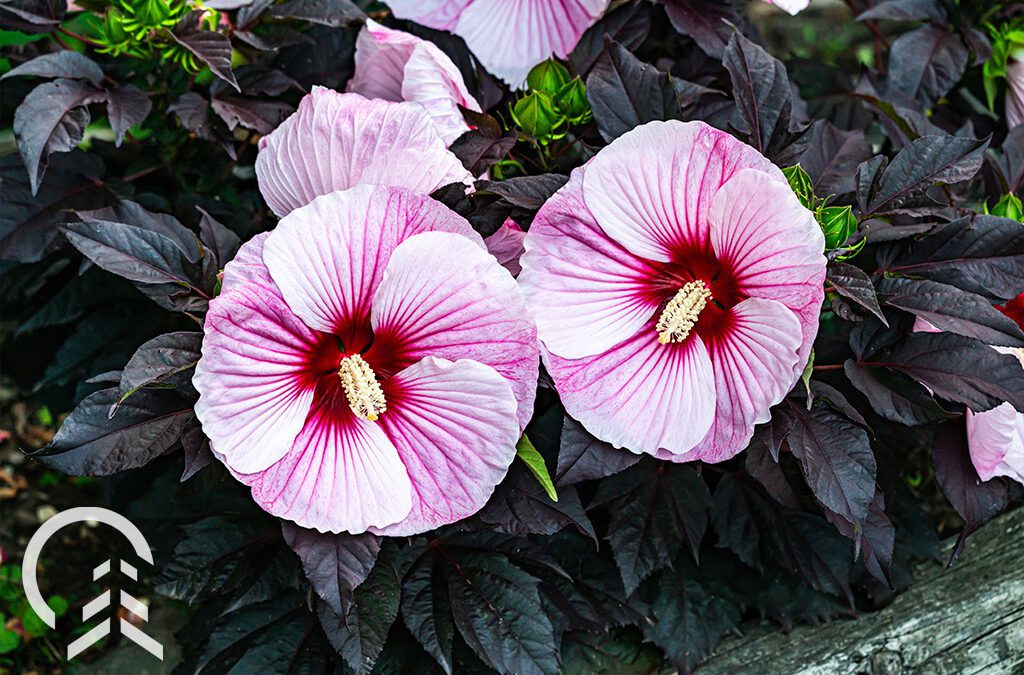
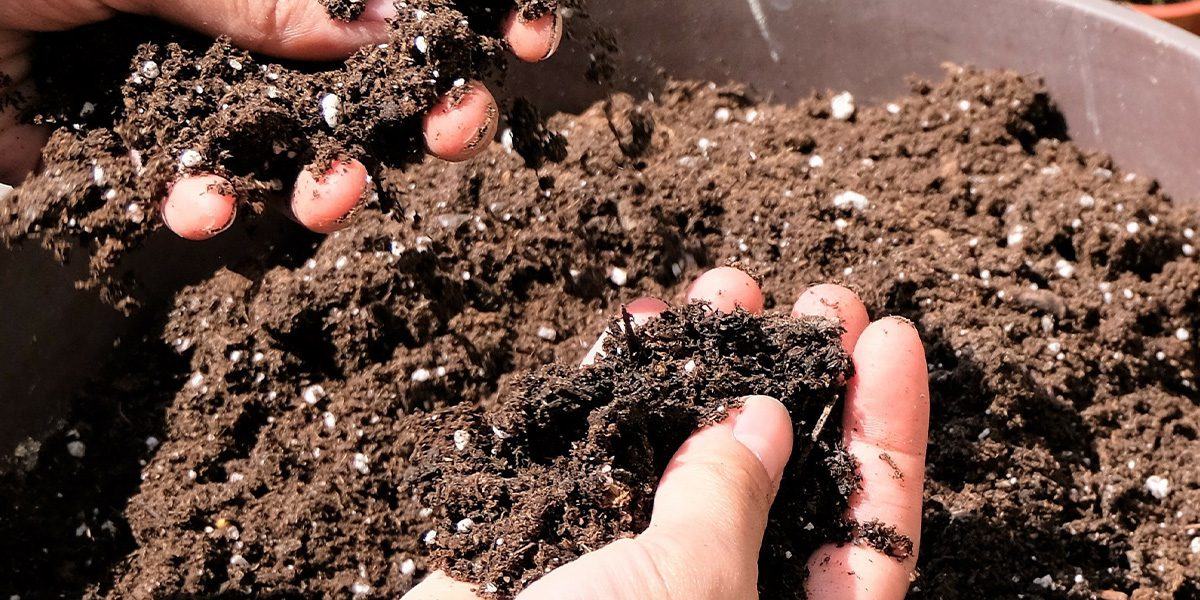
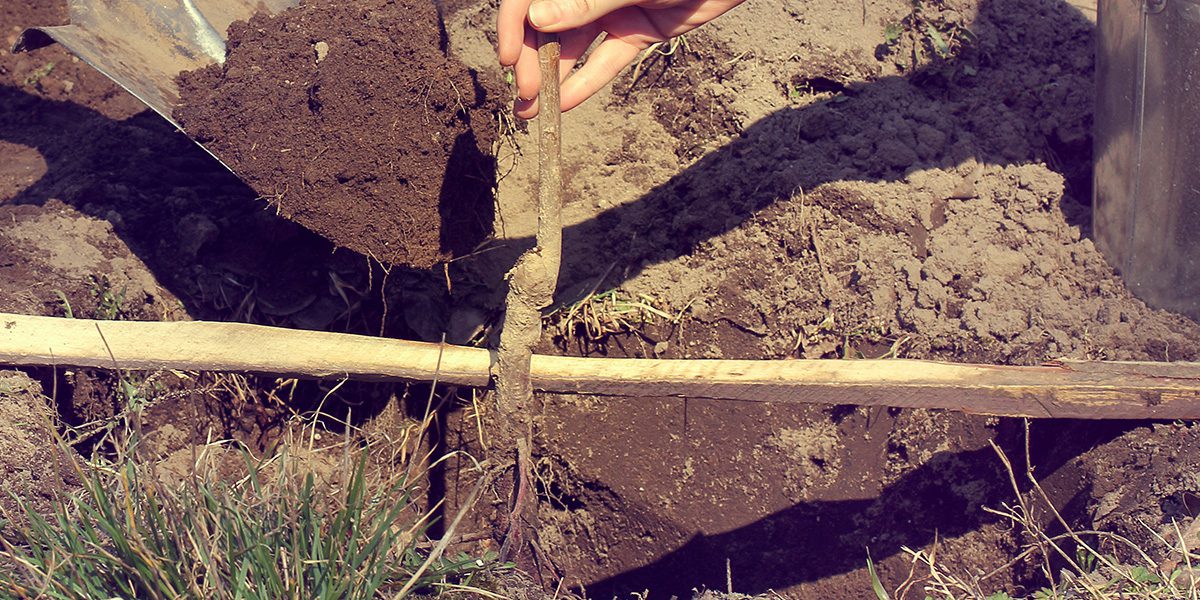
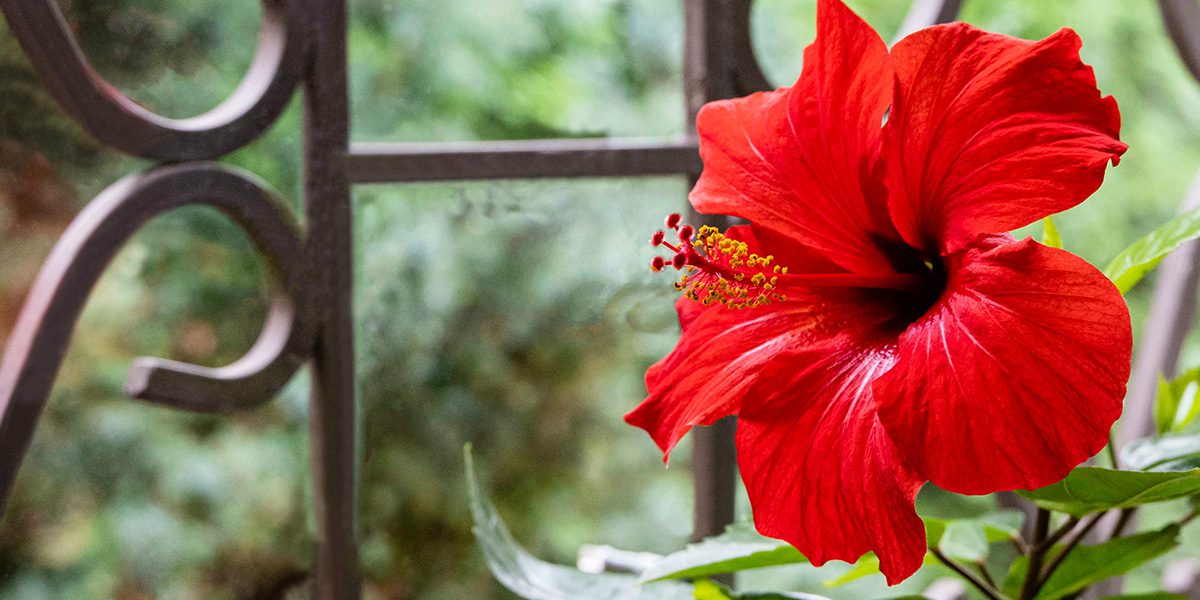 Summer Splendor
Summer Splendor